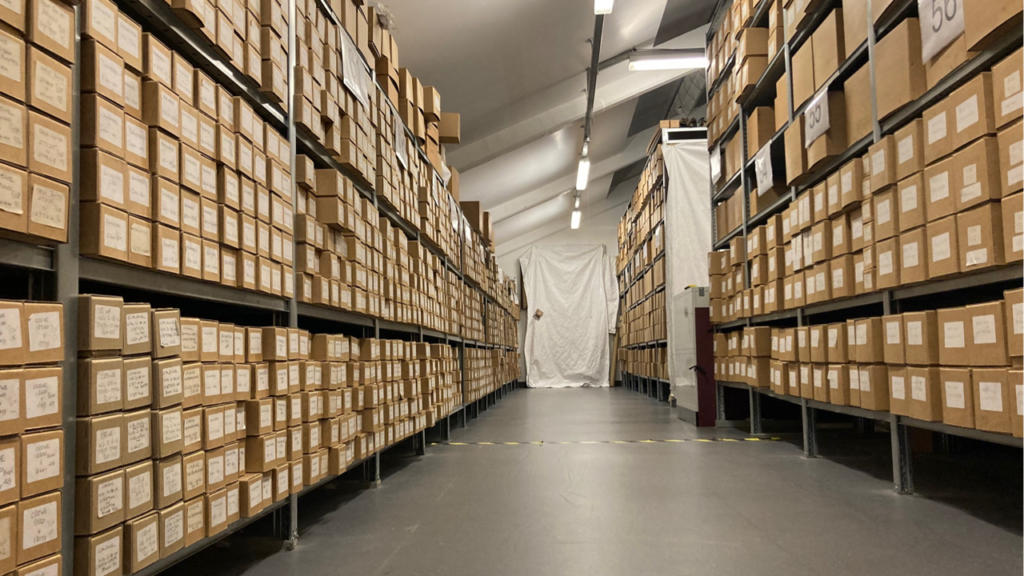This year marks the centenary of the opening of the North Eastern Railway War Memorial located on Station Rise in York, which has recently received much needed cleaning and conservation work by Network Rail in preparation for this years Remembrance event. Designed by the architect Edwin Lutyens, it records the names of 2,236 men who worked for the North Eastern Railway (NER) and lost their lives in military service during or soon after the First World War. There is an additional memorial for those railway workers who died in the 1939-45 conflict on slate tablets set in to the ground. The memorial was originally unveiled in June 1924, nearly 5 years after the war ended.
This was one of the last major First World War railway memorials to be built, but it wouldn’t be true to say that the North Eastern was less committed to remembering their fallen workers than other companies. On the contrary, the NER magazine had an extensive roll of honour published every month which provided information and photos of them.
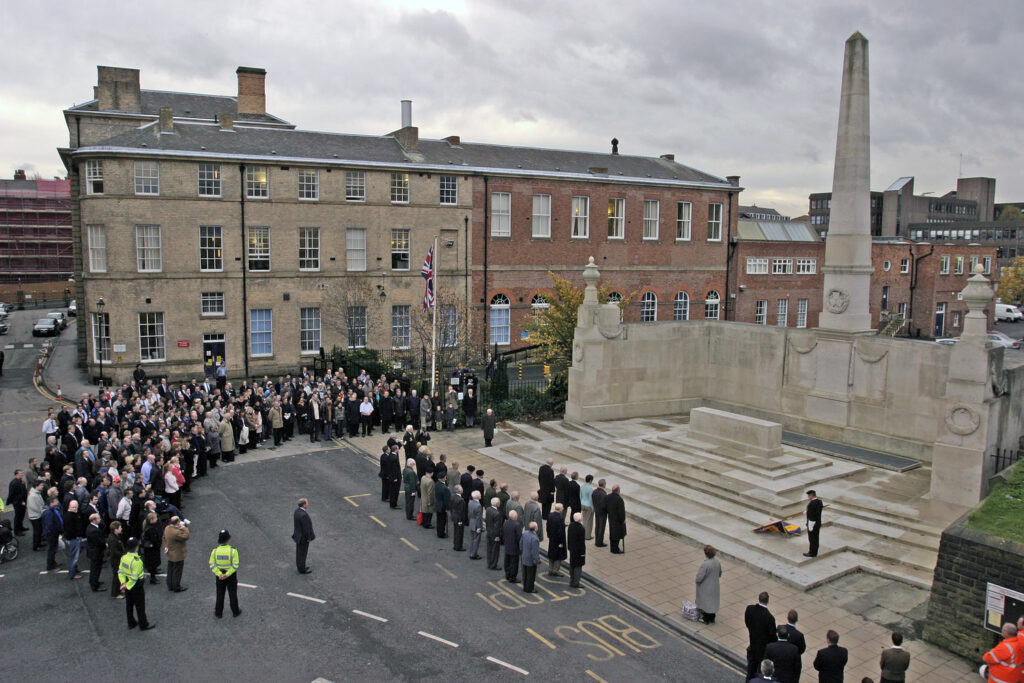
By 1924, most other railway companies had already unveiled their own memorials to their workers, examples being the Midland Railway at Derby, Lancashire & Yorkshire Railway at Horwich and the LNWR at Euston all during 1921 and the GWR at Paddington in 1922.
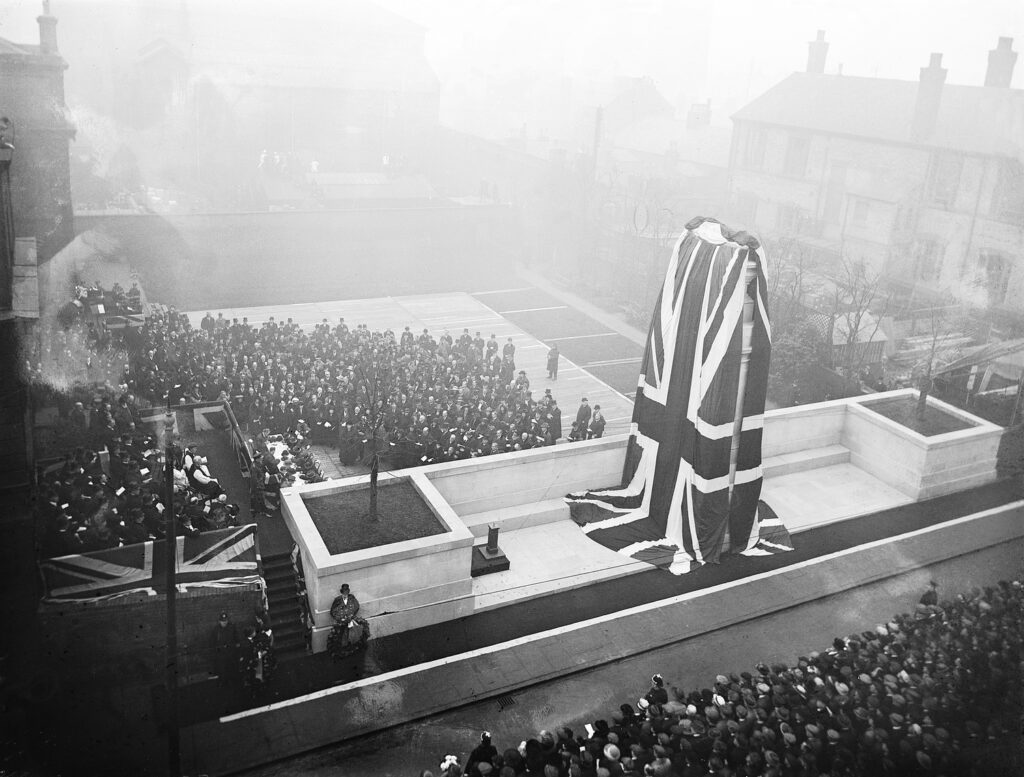
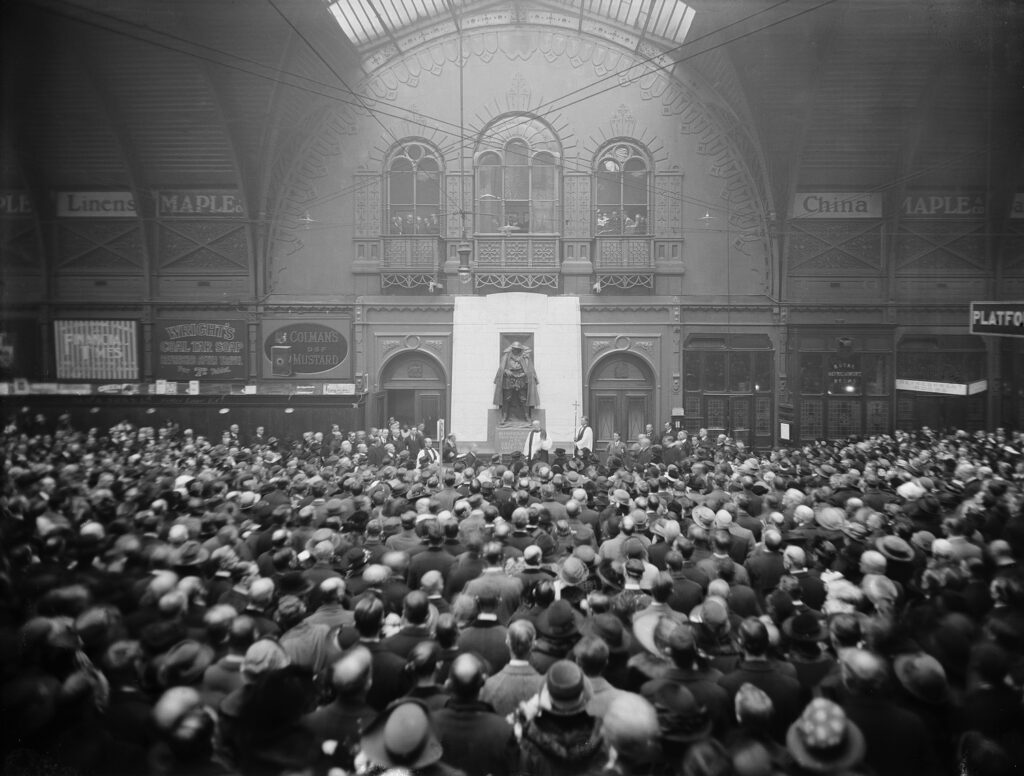
As well as war memorials, many railway companies produced rolls of honour. These along with the railway company staff magazines have provided a basis for a museum project to compile a database of workers killed in military service during the First World War, which can be found on our Fallen Railwaymen site.
The goal of the site is intended to provide details of all the railway workers who died in military service during the First World War. Providing a definitive list is quite difficult due to the many different sources, some of which have issues in terms of accuracy. One of the starting points for the data had been the “St. Paul’s List”, the order of service held on Wednesday May 14th 1919 for the railwaymen who died during the war “1914-1918”. This lists 18,957 men who were “killed in action, died of wounds etc.” Of course men were still being lost as a result of wounds in 1919, others were being confirmed as dead having been recorded as missing and there was the impact of the influenza pandemic which was killing many servicemen after the armistice (a significant number of men in the latter part of 1918 are described of dying not from enemy action but from pneumonia).
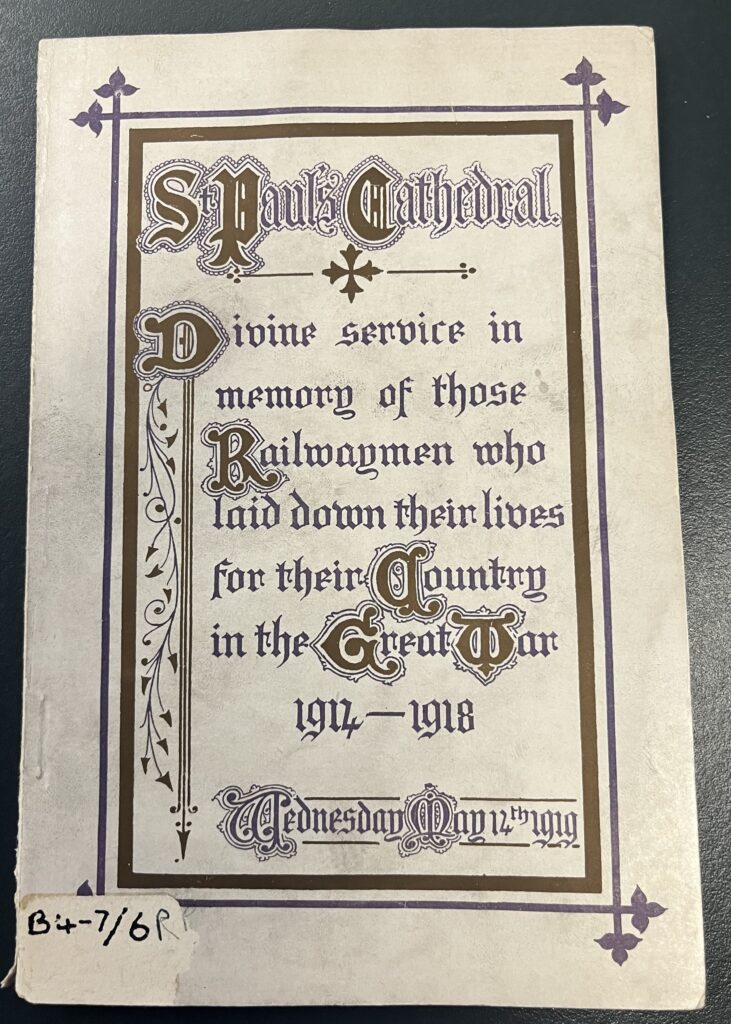
One of the consequences of the St Paul’s list being compiled soon after the war is that it is far from accurate. For example, the NER issued a roll of honour in April 1919 which includes the names of 1912 men. The May 1919 St Paul’s list for the NER , contains 1980 names. One example is John William Alden who was reported missing in April 1918, but wasn’t reported as being presumed dead in the NER Magazine until May 1919. So the names of the 2236 on the York Memorial provide a much more comprehensive list.
The same is true for other memorials, the GWR Memorial at Paddington has the names of 2524 men, but the number reported up to the end of November 1918 was only 1902.
Another problem with the St. Paul’s list is that it did not include some railway companies at all, joint railways being a particular issue—it seems the information was never provided, or possibly there was an assumption that the information would be provided by the owning companies—which doesn’t seem to be the case. Two key omissions are the Somerset and Dorset Joint Railway, and the Midland and Great Northern Joint Railway. One of the other main sources we have used for information are staff magazines, but unfortunately, neither published one. However, we have been helped by members of the Somerset & Dorset Joint Railway Trust and the Midland & Great Northern Circle, who have provided information that enables us to complete these gaps in our knowledge.
Another problem that has become apparent is that some men have been duplicated on our database due to the multiple data sources being used. Our site had 2703 names for the Great Western Railway, 180 more than the Paddington Memorial, so we are identifying the duplicate entries and removing them. All of these changes are resulting in a major update to our database.
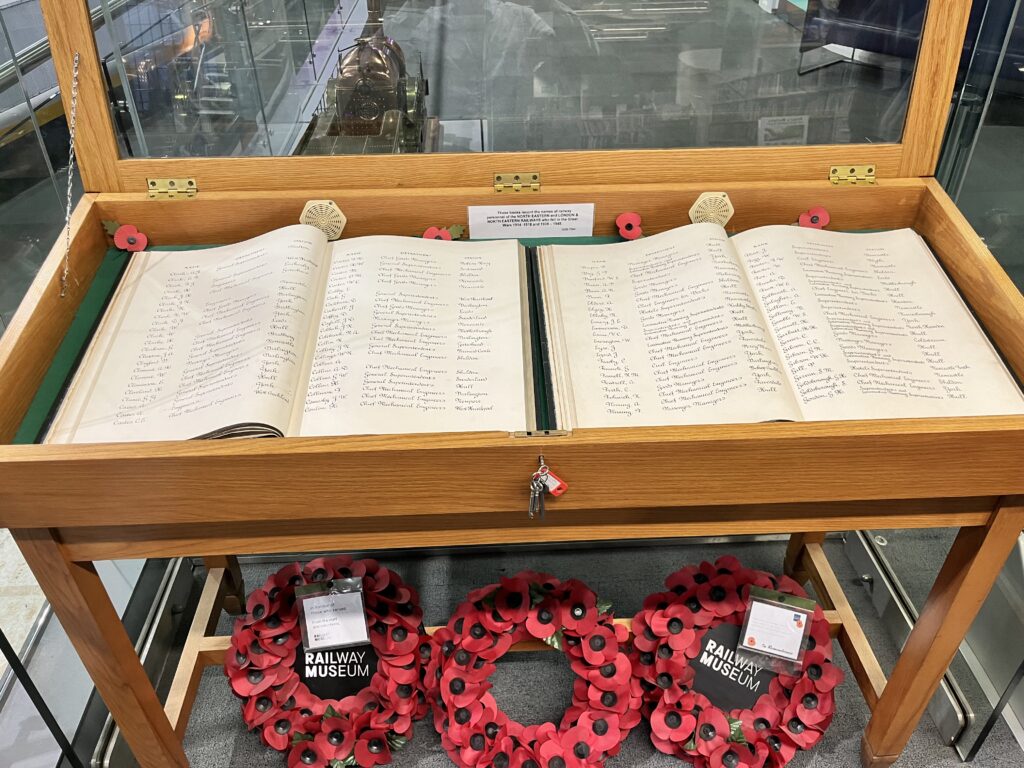
The theme of the First World War and remembrance is quite a significant one within our collections. Probably the most viewed objects in our archive collection are the books containing rolls of honour for the North Eastern Railway and London & North Eastern Railway displayed in a case at the entrance to Search Engine. The names are the same as those inscribed on the war memorial, and due to the erosion of the names on the memorial over the years making them difficult to read, many people come to view the book feature the name of family members recorded in them.
If you have any information that might be added to our Fallen Railwaymen site we would be delighted to hear from you.
The post Remembering Fallen Railway Workers appeared first on National Railway Museum blog.
